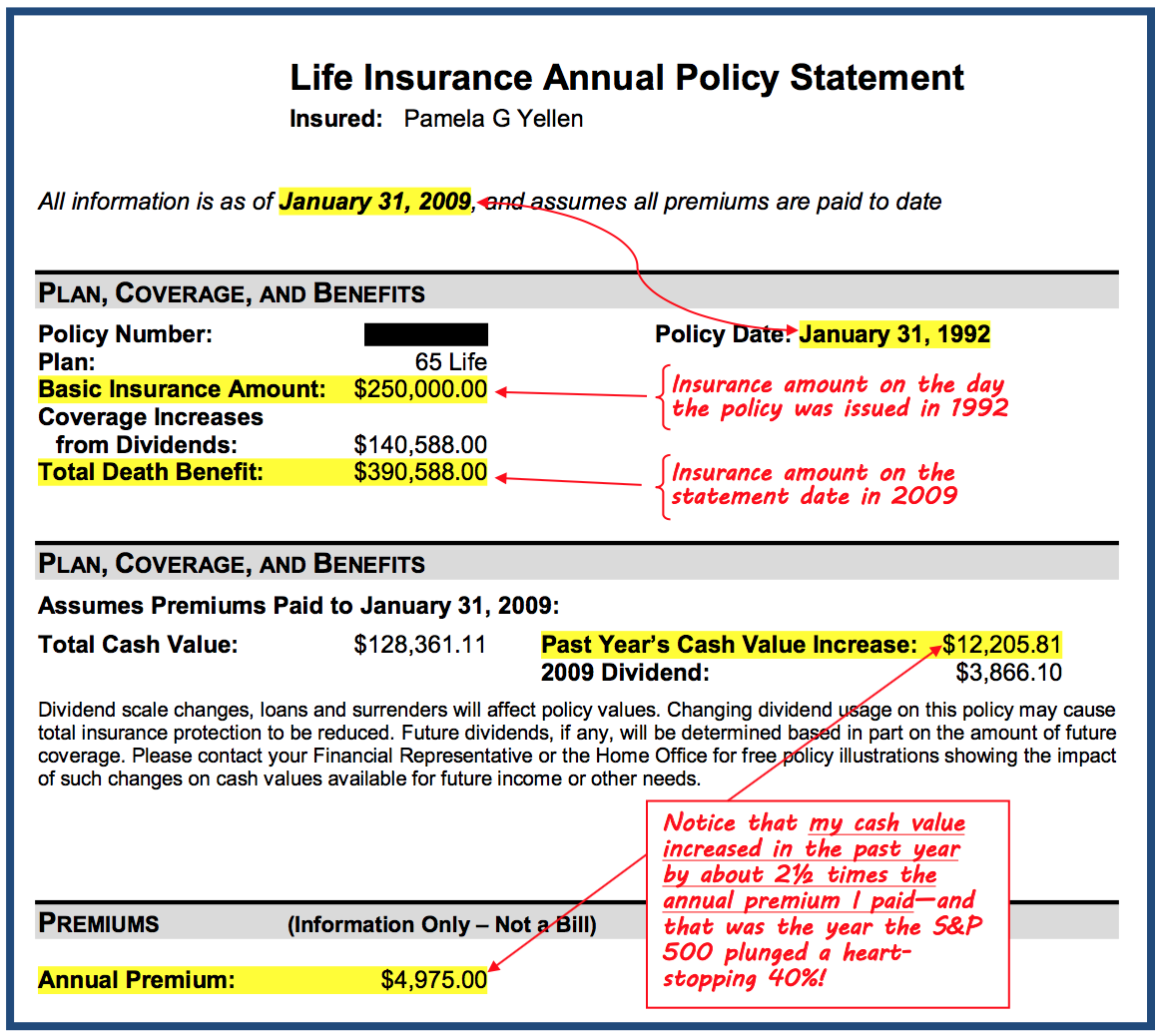This effectively eliminates the ceiling on financial threat for people in the private exchanges. The subsidies for insurance coverage premiums are provided to individuals who purchase a strategy from an exchange and have a home earnings in between 133% and 400% of the poverty line. Area 1401(36B) of PPACA explains that each aid will be provided as an advanceable, refundable tax credit and provides a formula for its estimation: Other than as offered in stipulation (ii), http://spencerbpqw381.lucialpiazzale.com/h1-style-clear-both-id-content-section-0-the-why-is-health-insurance-so-expensive-pdfs-h1 the relevant portion with regard to any taxpayer for any taxable year is equivalent to 2. 8 percent, increased by the number of percentage points (not greater than 7) which bears the exact same ratio to 7 portion points as the taxpayer's family earnings for the taxable year in excess of 100 percent of the poverty line for a family of the size included, bears to an amount equivalent to 200 percent of the hardship line for a household of the size involved.
A refundable tax credit is a method to offer government benefits to individuals who may have no tax liability (such as the earned earnings tax credit). The formula was altered in the amendments (HR 4872) passed March 23, 2010, in section 1001. To get approved for the aid, the recipients can not be eligible for other appropriate protection. The U.S. Department of Health and Human Solutions (HHS) and Irs (Internal Revenue Service) on May 23, 2012, released joint final guidelines relating to application of the new state-based health insurance exchanges to cover how the exchanges will figure out eligibility for uninsured people and staff members of small businesses looking for to purchase insurance coverage on the exchanges, as well as how the exchanges will deal with eligibility decisions for low-income individuals applying for freshly broadened Medicaid advantages. How much does car insurance cost.
3% $2,778 $8,366 $4,000 250% $55,125 8. 05% $4,438 $6,597 $1,930 300% $66,150 9. 5% $6,284 $4,628 $1,480 350% $77,175 9. 5% $7,332 $3,512 $1,480 400% $88,200 9. 5% $8,379 $2,395 $1,480 In 2014, the FPL is predicted to equivalent about $11,800 for a bachelor and about $24,000 for a household of four. See Subsidy Calculator [] for particular dollar quantity. DHHS and CBO estimate the typical annual premium cost in 2014 would be $11,328 for a household of 4 without the reform. In the private market, sometimes believed of as the "residual market" of insurance coverage, [] insurers have actually generally utilized a procedure called underwriting to ensure that each specific spent for his or her actuarial worth or to deny protection completely.
How How Does Term Life Insurance Work can Save You Time, Stress, and Money.
The same memorandum said that 212,800 claims had been declined payment due to pre-existing conditions and that insurance companies had company plans to limit money paid based on these pre-existing conditions. These persons who might not have received insurance under previous industry practices are ensured insurance protection under the ACA. Thus, the insurance exchanges will shift a higher amount of monetary danger to the insurance companies, however will assist to share the expense of that threat amongst a larger pool of insured people. The ACA's prohibition on denying coverage for pre-existing conditions started on January 1, 2014. Previously, numerous state and federal programs, including most just recently the ACA, provided funds for state-run high-risk swimming pools for those with previously existing conditions. The Health Insurance Coverage Market is a platform that offers insurance plans to people, households, and small companies. The Affordable Care Act (ACA) developed the Marketplace as a method to extend medical insurance coverage to millions of uninsured Americans. Numerous states offer their own marketplaces, while the federal government handles an exchange available to homeowners of other states. The Medical Insurance Market is an entrance for individuals, families, and small businesses to gain access to health insurance. It was produced following the passage of the Affordable Care Act. The Marketplace is offered to those who don't have access to medical insurance through employer-sponsored plans.
A variety of states have marketplaces and the federal government has an exchange readily available for locals of the states that don't have their own. The Medical Insurance Market is a crucial aspect of the Affordable Care Act, a health care reform signed into law by President Barack Obama in 2010, also referred to as Obamacare. The law advised states to set up their own exchanges where people or families without employer-sponsored coverage might compare strategies. Many states, however, have actually picked not to develop a marketplace and have actually signed up with the federal exchange. The Market helps with competition among personal insurance companies in a main place where people who do not have access to employer-sponsored insurance coverage can find an appropriate plan.

Usually, this period takes place in November and December of the year prior to the year in which the protection will work. Consumers can make an application for a special registration duration when it comes to a certifying event such as the birth of a kid, marriage or the loss of another insurance strategy. The Market categorizes strategies into four tiers: bronze, silver, gold, and platinum, in the order of least to biggest protection. The greatest tier, platinum, consists of strategies that cover roughly 90% of health expenses, however is also the most expensive. Lower-income individuals and families can get approved for additional savings on all the medical insurance plans offered on the exchange through premium tax credits and cost-sharing decreases.
